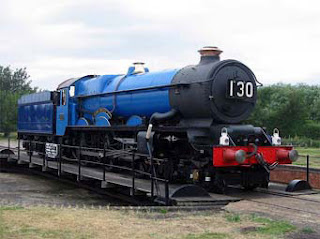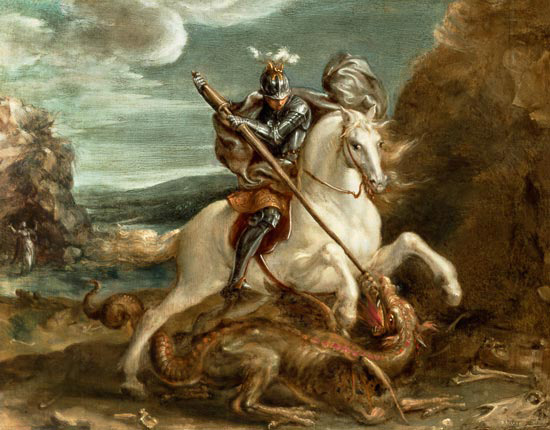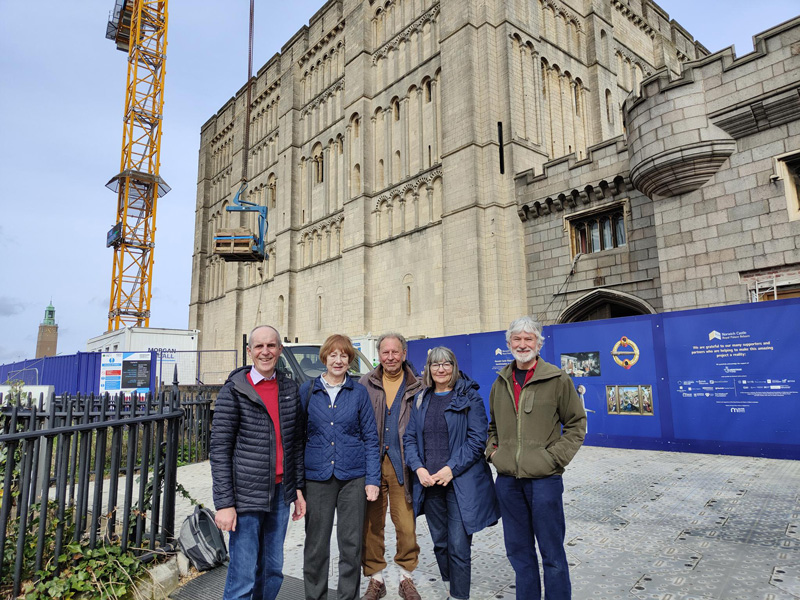
MID-NORFOLK RAILWAY PRESERVATION TRUST

MNR is working jointly, with the GWS to create an operating timetable which will enable an escalating programme of “running in” journeys to be made during June & July 2011.
MNR Chairman, Barry Woodgett said :-
Brief notes on KEII are below, please refer to the GWS for its full details.
MNR also wishes to announce a further visit of Dennis Howells’ 0-6-0 Pannier Tank No.9466 during the high Summer of 2011. MNR will stage its “FIRST EVER” two engine “Steam Gala”, using 9466 running alongside KEII and also by employing the MNR’s new passing loop at Thuxton.
Further details of the MNR may be found on its website www.mnr.org.uk
GWS contact details are 01235-817200 [email protected]
King Edward II has been restored by the Great Western Society at their centre at Didcot, Oxfordshire. It will be visiting the MNR as part of a programme to accumulate mileage prior to mainline running. The MNR is working with the GWS to ensure a successful visit to the MNR.
Whilst on the MNR, the locomotive will work passenger trains between Dereham and Wymondham Abbey.
Further details of King Edward II’s proposed in service days on the MNR will be given later this year or in early 2011.
The GWR’s mainline engine King Edward II, No.6023, [KEII] was built in 1930, as part of a production run of 30 locomotives, launched in 1927.
KEII, at one time regarded as a “forlorn hope” because of its badly damaged main driving wheels, spent from c.1962-1984 in the scrap yard at Barry in South Wales, when it was bought with the sponsorship aid of a Bristol wine importer.
Eventually KEII made its way to the Didcot Railway Centre,
whose mission is to conserve and preserve Great Western Railway artefacts.
Railway preservationists have made great advances on their technical abilities. Witness the resurrection of “Duke of Gloucester” with the aid of British metal casting technologies and finally the complete new build of the A1 Class engine “Tornado”. In this vein, patterns for new wheels for KEII were eventually made at great cost and then manufactured and tyres fitted.
The King class locomotives were one of the most powerful steam locomotives ever designed in Britain and the principal express passenger locomotive used on the Great Western for over 30 years, operating between London and Bristol, Plymouth and Wolverhampton. They feature four cylinders, with no “hammer blow” during running, due to perfect “dynamic balancing” of their motion mechanism.








